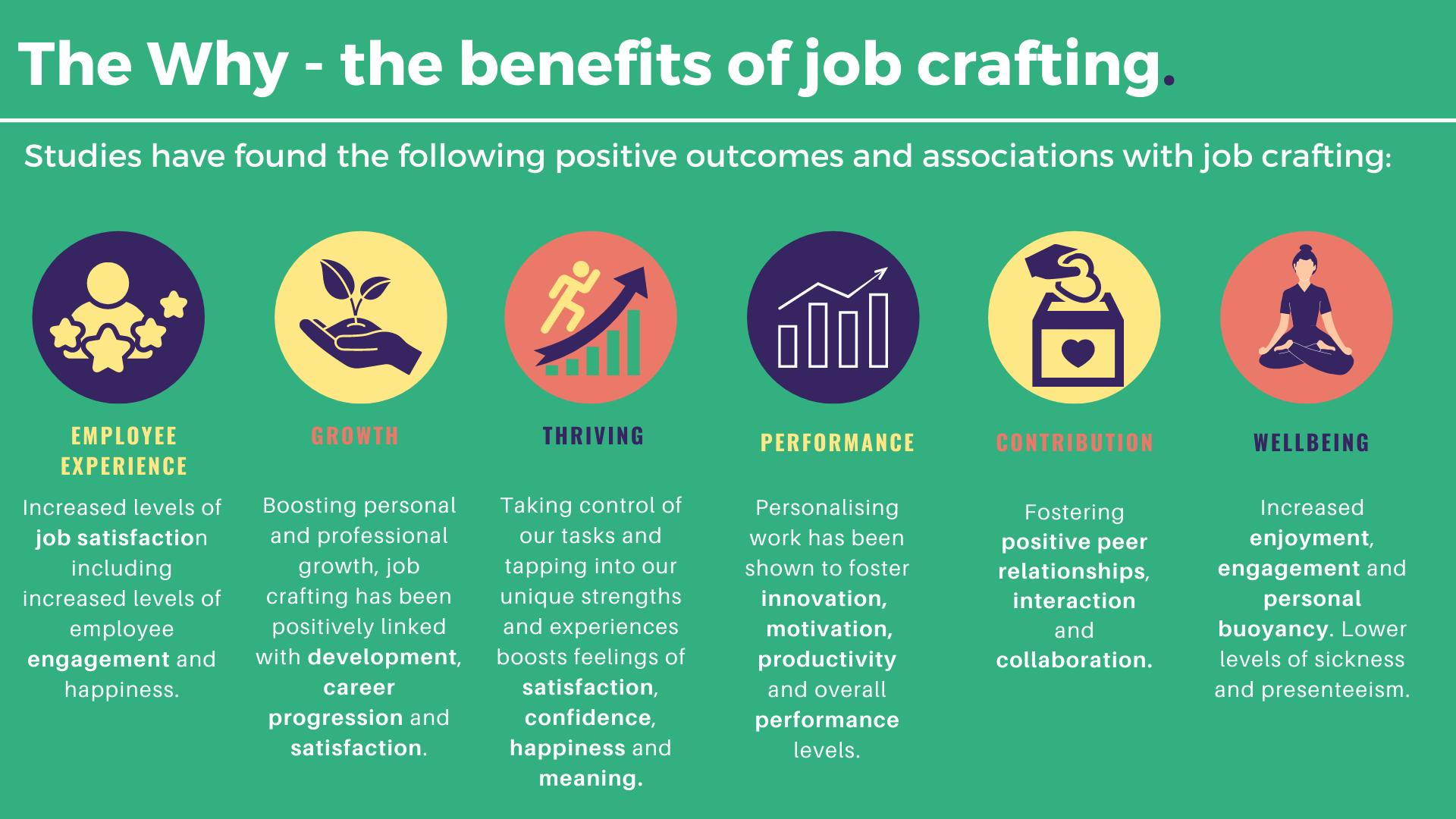We live in a personalised world.
We can choose individualised playlists and podcasts instead of generic radio stations. We can choose where and when to source our news and and how to watch our favourite TV shows.
Beyond media, we can personalise the trainers we wear and the cars we drive in. Take Nike ID for example, enabling us to personalise the colour and style of our trainers, adding to the value of the shoe. Almost anything and everything is tailored just for us.
And then we have the world of work.
In this article, learning from TV streaming and DIY giants, we’ll explain why personalisation matters, how it can spark joy and how this is relevant to the world of work.
The Netflix Effect.
The Netflix effect - the power of personalisation on Netflix.
Netflix is the largest streaming service in the world.
Netflix now has around 208 million subscribers worldwide with an extra 16 million joining throughout the summer of the pandemic 2020 [1].
But why is it so popular?
It could be argued that Netflix’s personalised experience is a key factor.
Netflix stated that “Personalisation is one of the pillars of Netflix because it allows each member to have a different view of our content that adapts to their interests and can help expand their interest over time” [2].
It enables users to have their own profile, profile photo and nickname, creating a feeling of luxury and individuality rather than sharing with other users.
Netflix has homepage personalisation too. “Each experience is personalized across many dimensions: the suggested videos and their ranking, the way videos are organised into rows and pages, and even the artwork displayed” [2].
Page personalisation takes Netflix to the next level as it creates an experience for users. Each tailored homepage offers individuals tv shows and movies that comply with users taste and will fit the members mood and context in hope to bring out unexpected joy.
Chloe’s personalised Netflix homepage (don’t judge).
So rather than just searching for shows Netflix has created a personalised experience for their users, where they can form attachments and resonance with their accounts. Who knew picking a movie could be so fun?
IKEA.
The IKEA effect - Why we value the things we build.
Researchers, Michael Norton, Daniel Mochon and Dan Ariely were curious about whether building an item influenced peoples’ perceptions of its value.
To test this they ran a number of different ingenious investigations.
In a key study they randomly assigned people as either ‘inspectors’ or ‘builders’. The builders were asked to create a plain cardboard stationary box from IKEA using standard instructions [3]. Inspectors were given a ready-made box and had the opportunity to examine it.
At the end of the study, participants would have been holding identical boxes. The only difference being that for half the group, they would have played a part in putting the box together.
Before the study finished participants were asked to place a bid on the box. They were also asked to rate how much they liked the box.
Who do you think valued it more? The builders or the inspectors?
The researchers found builders bid significantly more than inspectors and their ratings of how much they liked the box were higher too.
The research team coined the term the “Ikea effect” to refer to the phenomenon of people placing additional value on items that they have played a part in constructing compared with ready-built goods and services.
You may resonate with this based on attachments you have formed with items that you have built or created yourself.
Or perhaps someone else has this attachment that you can’t quite see - a partner or family member might not bear to part with an item of furniture or clothing that you’ve been trying to throw out for years.
KEY PRINCIPLES.
We suggest that leaders consider 3 things principles when it comes to personalisation in the workplace:
1. People (may) like what you give them.
2. If you want people to value something, let them build it.
3. If you want people to love something then let them create and shape it.
It’s as simple as that.
Often, with the best of intentions, organisationally, we build and create solutions for other people without allowing them to create and craft them for themselves.
We present people with decisions that have been made on behalf of them, or we place people in fully formed jobs which provide little or no opportunity for people to shape and personalise them.
So before you “gift” a decision to someone in your team, perhaps take a leaf from Netflix or Ikea and consider whether there are ways that they can help build or personalise the solution for themselves.
If you’re want to find out more about personalisation then click here.
Personalisation at work is a great book if you’re curious about how you can personalise your own work.
References
[2] https://research.netflix.com/business-area/personalization-and-search




















